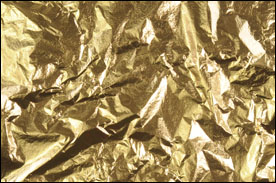I mentioned in my last blog before Christmas that the US has just over 8,000 tonnes of gold representing 26 tonnes for every one million Americans and the Chinese have just over 1.000 tonnes of gold in reserves representing just one tonne of gold per every one million of its population. I was intrigued therefore by some comments attributed to Alan Greenspan at the recent New Orleans’s Investment conference in the context of future Chinese sovereign appetite for gold:
“Today, China is beginning to convert part of its $4 trillion ($4T) foreign exchange reserve into gold as a partial diversification out of the dollar. Irrespective of whether the yuan is convertible into gold, the status of the Chinese currency could take on unexpected strength in today’s fiat money, floating international financial system. It would be a gamble for China to try to buy enough gold bullion to displace the United States’ $328 billion of gold reserves as the world’s largest holder of monetary gold. But the cost of being wrong, in terms of lost interest and cost of storage, would be quite modest. If China embarks on a gold accumulation program, global gold prices will rise, but only during the period of accumulation.”
For sure it is a wealth issue and policy issue. However the accumulation period over the expected time required for China to reach similar levels of GDP per capita with the West is a long time; so long-term to reach parity with the US in terms of bullion reserves per capita if that is a realistic target and substantially higher to equal the German, Italian and French ratios.
Of course this is all perfect math but we have seen what can happen to fiat money and specifically the rouble in the space of a few months. Is the strength of the US dollar which restis on a mountain of debt something real or a mirage? The US shale-gas answer to American energy self sufficiency is also probably a busted flush below $100 a barrel in a highly levered industry where reservoirs are generally depleted from 60 to 70 percent in the first year. An interesting year ahead so buckle up for the ride.

